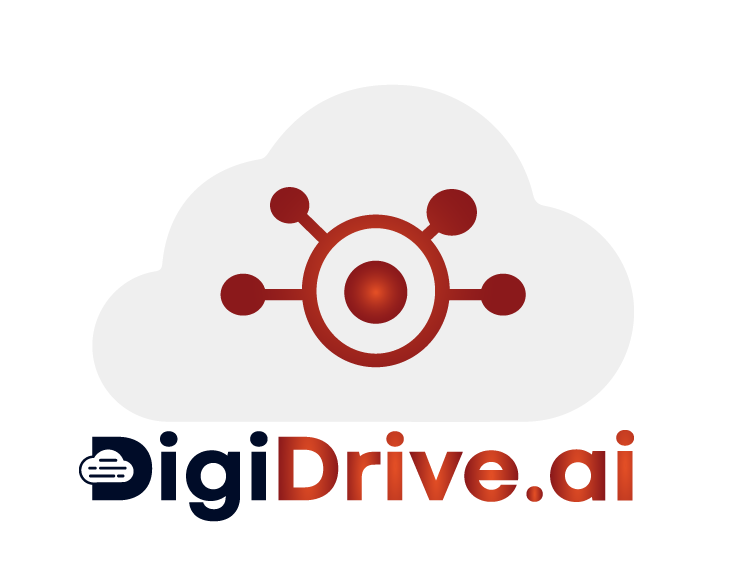FAQS
Frequently Asked Questions
We believe brand interaction is key in communication. Real innovations and a positive customer experience are the heart of successful communication.

We believe brand interaction is key in communication. Real innovations and a positive customer experience are the heart of successful communication.

TrueCheck Automated onboarding refers to the use of technology to streamline the process of enrolling new customers or users, reducing manual intervention, and speeding up the verification and approval process by 7X.
Important Features:
TrueCheck platform uses AI and machine learning to validate government API data, match Facial recognition, validate digital Signature for Automated Onboarding.
TrueCheck platform uses AI and machine learning to prefilled & validate scanned Documents, match Signature & Facial recognition for Automated Onboarding.
After Automated or Manual Onboarding, it does cross-check (Automated Underwriting) user information against internal and external databases (Deduplication) to ensure the authenticity of the unique and trusted identity for customer Profiling.
The platform typically supports the verification of various Paperless - Government Services & paperbased documents such as:
The platform is designed to comply with global and local regulations, such as KYC (Know Your Customer) and AML (Anti-Money Laundering), ensuring that businesses meet all legal requirements.
It also comply with Other Indian Authority, such as IRDA, RBI, SEBI, TRAI.
Yes, the platform employs encryption, secure data storage, and other security measures to protect sensitive information during the verification process.
Most platforms offer API integrations, allowing seamless connection with CRM systems, financial services, popular DMS and other business applications.
The onboarding and verification process is typically completed within minute or two,
depending on the complexity of the product and services offered
or
the provided customer documents required by the usecase.
If a document fails verification, the platform may prompt the user to provide additional information or documents against the trigger requirement via "Business Rules Engine" (BRE), or it may flag the account for manual review (Manual Underwriting).
97% Field Level
92% Document Level STP
94% Field Level
90% Document Level STP
98% Field Level
95% Document Level STP
Yes, advanced fraud detection features are integrated, using AI to identify suspicious patterns and flag potential fraud attempts.
Tamper Detection using CFA, Data Pattern Validation, Face and Signature Verification!
BlockChain, Internal Deduplication, External Deduplication (Government Services - API, Social Profiling and Scanning)!
Industries such as can benefit from the platform, as it ensures secure and efficient customer onboarding:
Banks
NBFC
Insurance
Telecom
E-Commerce
Healthcare
Education
Defence
The key components include risk identification, risk assessment, risk mitigation strategies, continuous monitoring, and reporting. Effective strategies also involve stress testing, scenario analysis, and regulatory compliance.
Technology plays a critical role by providing tools for real-time monitoring, data analysis, predictive modeling, and automation of compliance processes. This enhances the accuracy and efficiency of risk management efforts.
Organizations can balance risk management with growth by integrating risk management into their strategic planning, adopting a proactive approach to risk, leveraging technology to streamline processes, and maintaining flexibility to adapt to changing market conditions.
Non-compliance can lead to severe penalties, including fines, legal sanctions, reputational damage, and loss of business licenses. Organizations may also face increased scrutiny from regulators.


DigiDrive.AI
Making Paradigmatic Shift in Document Management